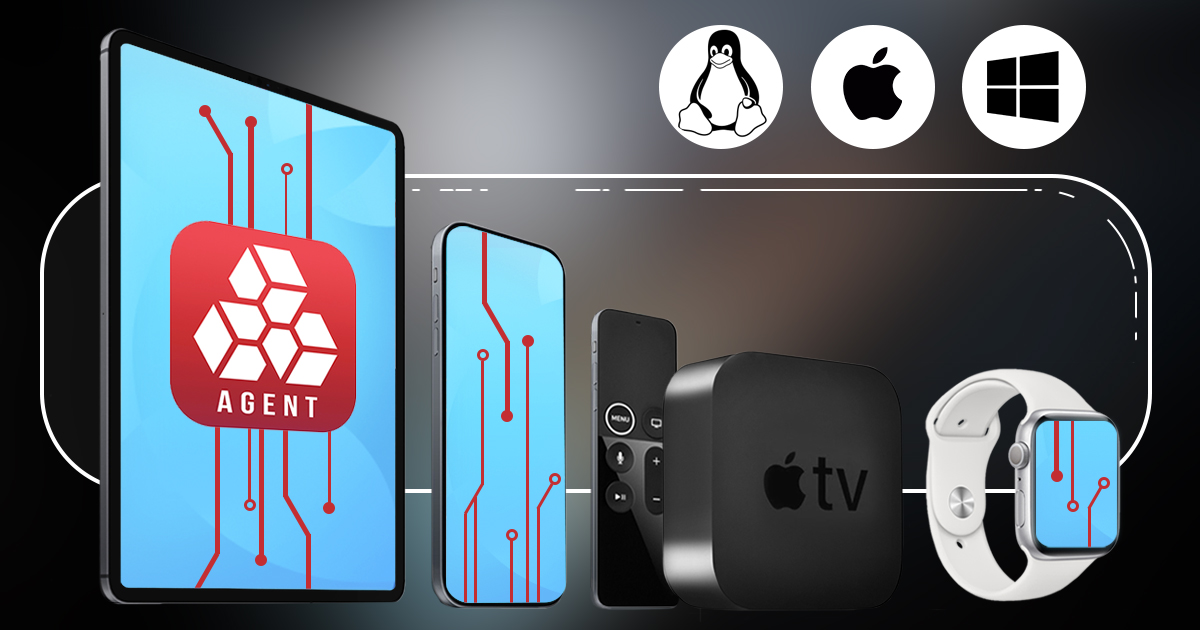The latest update to the iOS Forensic Toolkit has expanded data extraction support for older models of Apple Watch, introducing low-level extraction capabilities for Apple Watch Series 0, Series 1, and Series 2. In a landscape where new devices are released on a yearly schedule, we stand committed to a balanced approach. While it’s easy for many to dismiss older devices, we recognize their significance as they frequently reappear in the labs of forensic experts. It is important to emphasize that, unlike many, we cater to the needs of experts who have to deal with legacy devices. This enhancement enables macOS and Linux users to delve deeper into these watches, retrieving crucial information such as passwords and complete file systems.
checkm8 is the only extraction method available for the Apple Watch S3 allowing full access to essential evidence stored in the device. In this guide, we will talk about connecting the Apple Watch S3 to the computer, placing the watch into DFU mode, applying the checkm8 exploit and extracting the file system from the device with iOS Forensic Toolkit 8.0.
Do you have to know which SoC a certain Apple device is based on? If you are working in mobile forensics, the answer is positive. Along with the version of iOS/watchOS/iPadOS, the SoC is one of the deciding factors that affects the data extraction paths available in each case. Read this article to better understand your options for each generation of Apple platforms.
The fifth beta of iOS Forensic Toolkit 8 for Mac introduces forensically sound, checkm8-based extraction of Apple Watch Series 3. How to connect the watch to the computer, what data is available and how to apply the exploit? Check out this comprehensive guide!
If you are doing Apple Watch forensics, I’ve got some bad news for you. The latest model of Apple Watch, the Series 7, does not have a hidden diagnostics port anymore, which was replaced with a wireless 60.5GHz module (and the corresponding dock, which is nowhere to be found). What does that mean for the mobile forensics, and does it make the extraction more difficult? Let’s shed some light on it.
How do you extract an Apple Watch? While several extraction methods are available, you need an adapter if you want to get the data directly from the device. There are several different options available on the market, some of them costing north of $200. We tested a large number of such adapters. How do they stand to the marketing claims? In this article, I will share my experience with these adapters.
Is it possible to extract any data from an Apple Watch? It’s relatively easy if you have access to the iPhone the device is paired to, or if you have a backup of that iPhone. But what if the watch is all you have? If there is no paired iPhone, no backup and no iCloud credentials, how can you connect the Apple Watch to the computer, and can you backup the watch?
Over the last several years, the use of smart wearables has increased significantly. With 141 million smartwatch units sold in 2018, the number of smart wearables sold has nearly doubled compared to the year before. Among the various competitors, the Apple Watch is dominating the field with more than 22.5 million of wearable devices sold in 2018. Year over year, the Apple Watch occupies nearly half of the global market.
While the iPhone is Apple’s bread and butter product, is not the only device produced by the company. We’ve got the Mac (in desktop and laptop variations), the complete range of tablets (the iPad line, which is arguably the best tablet range on the market), the music device (HomePod), the wearable (Apple Watch), and the Apple TV. In today’s article, we are going to cover data extraction from Apple TV and Apple Watch. They do contain tons of valuable data, and are often the only source of evidence.


